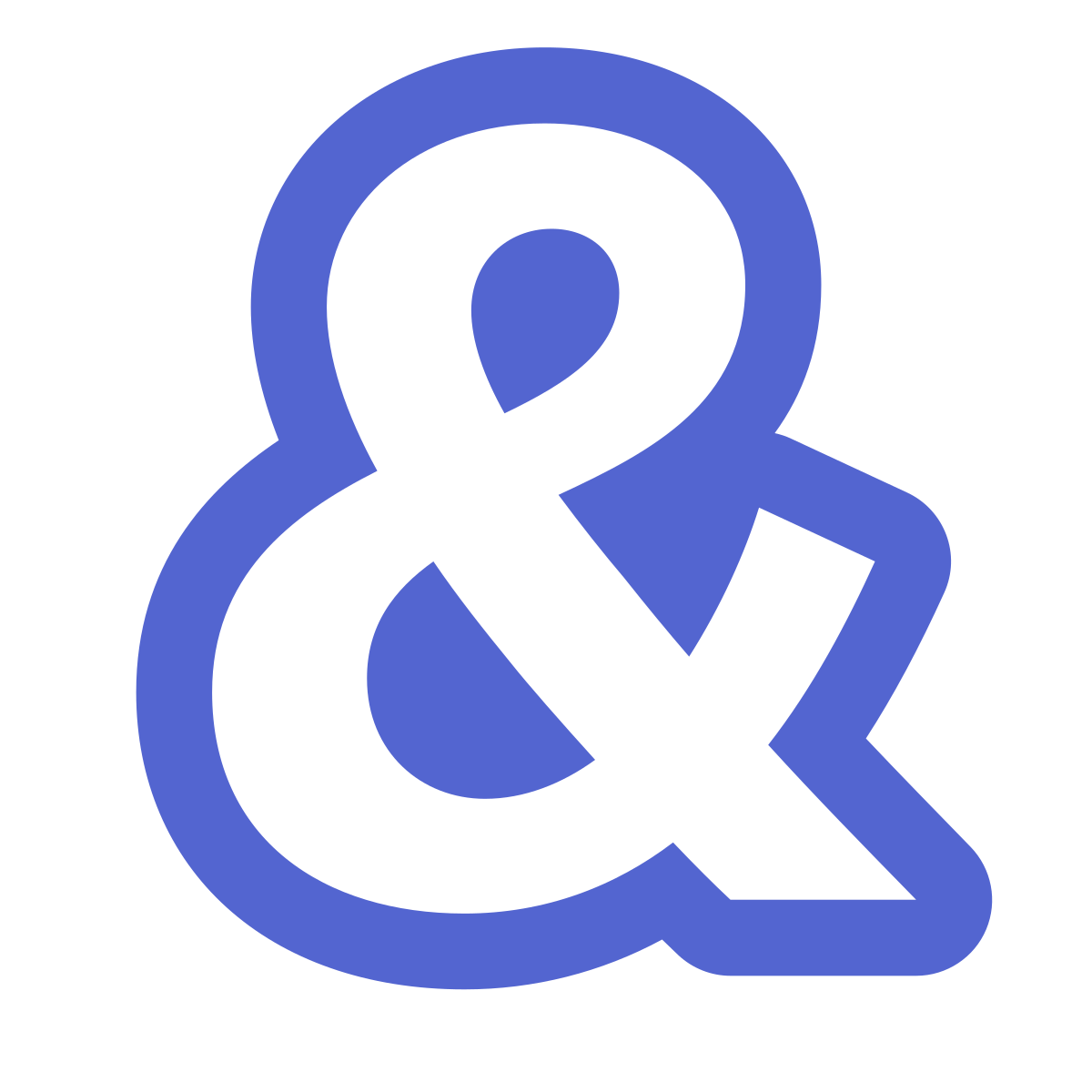From "Speaking for Yourself" by Merlin Mann (via Marco Arment):
Things cost money. People either pay for them, or they don’t.
We are gentlemen, and we can disagree on value, but it’s unseemly to tell another gentleman what he’s worth. Learn this fast fast fast.
Any creative professional knows what it is like to have someone ask for discounted or free work.
There are a lot of problems with working for a discount. Below are just a few that come to mind.
Everybody is less invested with the project. It's very simple when you think about it. Have you ever had a really nice pair of sunglasses? I used to go through pair after pair of cheap sunglasses worth $20 or less. I would drop them, break them, and lose them. I didn't care. I picked them off the shelf at the drug store, so I'd just replace them with another pair. Over the course of a few years, I couldn't tell you how much I spent on sunglasses. So when I bought my first "expensive" (over $100 but less than $200) pair of sunglasses, I suddenly cared. In three or four years of owning them, not once did I drop or scratch them.
I was invested. I knew the value of the product and that they couldn't be easily replaced by another cheap alternative.
Creative services can be similar. If you can't afford a videographer that wants to charge $3000 for a wedding, that's ok. But don't ask that same videographer to work for a fraction of the price. For any reason.
(Read: Why Video is Expensive)
It's ok to seek out someone that's in your price range. Just realize that a cheaper alternative may not be able to provide the quality, experience, or value you are looking for out of your project. So is the money or the quality more important? (It's totally fair if the answer is that the money is more important.)
I appreciate it when people realize my time is as valuable as their time. When someone does their best to figure out how we can make a project happen in a fair situation, I do everything I can to make it work.
(Tip: Don't just ask what it would cost to create something. Explain what you want and send any relevant details. Then ask for a rough quote based on the information provided. I can just give you my "day rate," but that number may seem high unless you realize what I'm providing and what it will take for the project to be a success.)
Another issue, especially for video, is that it often takes a team of people to complete a project. So if you're asking me for a discount on a big project that requires multiple resources, that means you're also asking me to ask those people for discounts. I don't want to be someone who asks friends and colleagues for free or cheap work.
Regarding work for charity or non-profits... a lot of people assume this means you should want to work for free. I care about a lot of causes.
But if I want to donate my time to a project or a charity, I will offer it. Just because it is your charity doesn't mean I'll jump at the chance to donate my time.
If you think, for some reason, that you should be given a discount on your project, write me a five paragraph essay explaining why. I'll read it. But, if that sounds as ridiculous as I think it does, please reconsider before you ask me to work for free. Unfortunately, at the time of writing, a "great piece for my portfolio" is still not an accepted form of payment for my rent.







